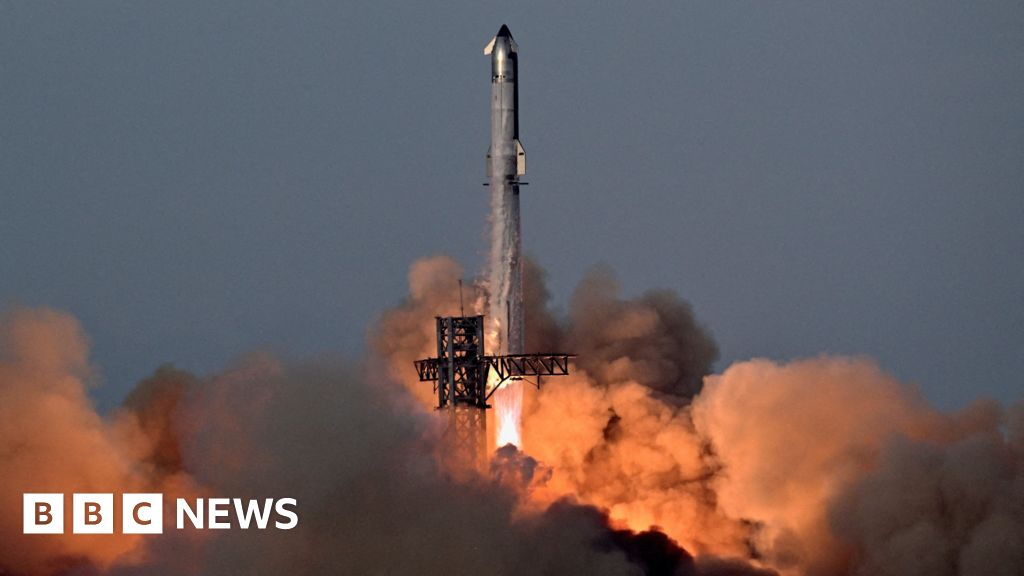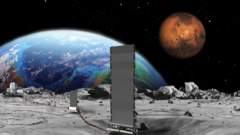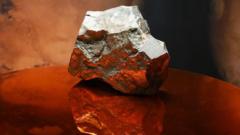Inside a large testing chamber, engineers from Sierra Space are making strides toward producing oxygen on the moon. Their apparatus, resembling a metallic box adorned with colorful wires, has been designed to process lunar regolith—dusty, rocky material similar to what is found on the moon's surface. During recent experiments at NASA's Johnson Space Center, the team subjected the regolith to extreme conditions, heating it to over 1,650°C. This process resulted in the release of oxygen-rich molecules, signaling a key advancement in space resource utilization.
Brant White, program manager at Sierra Space, highlights that the initial Earth-based testing is now complete, with lunar tests expected as soon as 2028. The anticipated oxygen production is crucial for future lunar bases, serving essential needs such as astronaut respiration and rocket fuel for further space exploration missions, including potential journeys to Mars.
Sierra Space is not alone in this quest; other research entities have also been developing oxygen extraction technologies. The feasibility of these systems hinges on effectively managing lunar conditions, including low gravity, which exerts unique challenges on various extraction processes. In a recent study, researchers from Johns Hopkins University noted that traditional methods such as molten regolith electrolysis could face issues in lower gravity settings, as oxygen bubbles had difficulty detaching from electrodes due to the regolith's viscosity. Possible solutions involve using vibrations or creating smoother electrodes.
Unlike these methods, Sierra Space’s carbothermal approach allows oxygen bubbles to form freely within the regolith, enhancing their extraction efficiency. The projected oxygen requirement for each astronaut could amount to two or three kilograms of lunar regolith per day, although life support systems may facilitate recycling of exhaled oxygen, reducing overall extraction needs.
Moreover, researchers like Palak Patel at MIT are seeking to optimize lunar resource extraction systems further. Patel's team is looking at methods to create metal and oxygen from lunar materials while minimizing the necessity for transport missions from Earth. By leveraging tools like sonicators to assist in the detachment of oxygen bubbles, the team aims to develop a sustainable lunar industry.
The unique properties of lunar regolith also pose potential for advanced construction materials. Patel noted that experiments transforming regolith into a durable glass-like substance could lead to the creation of bricks for building lunar structures, showcasing the inherent value of lunar materials beyond oxygen production. As exploration prepares to move forward, the development of in-situ resource utilization technologies like those being worked on by Sierra Space could significantly revolutionize lunar habitation.
















